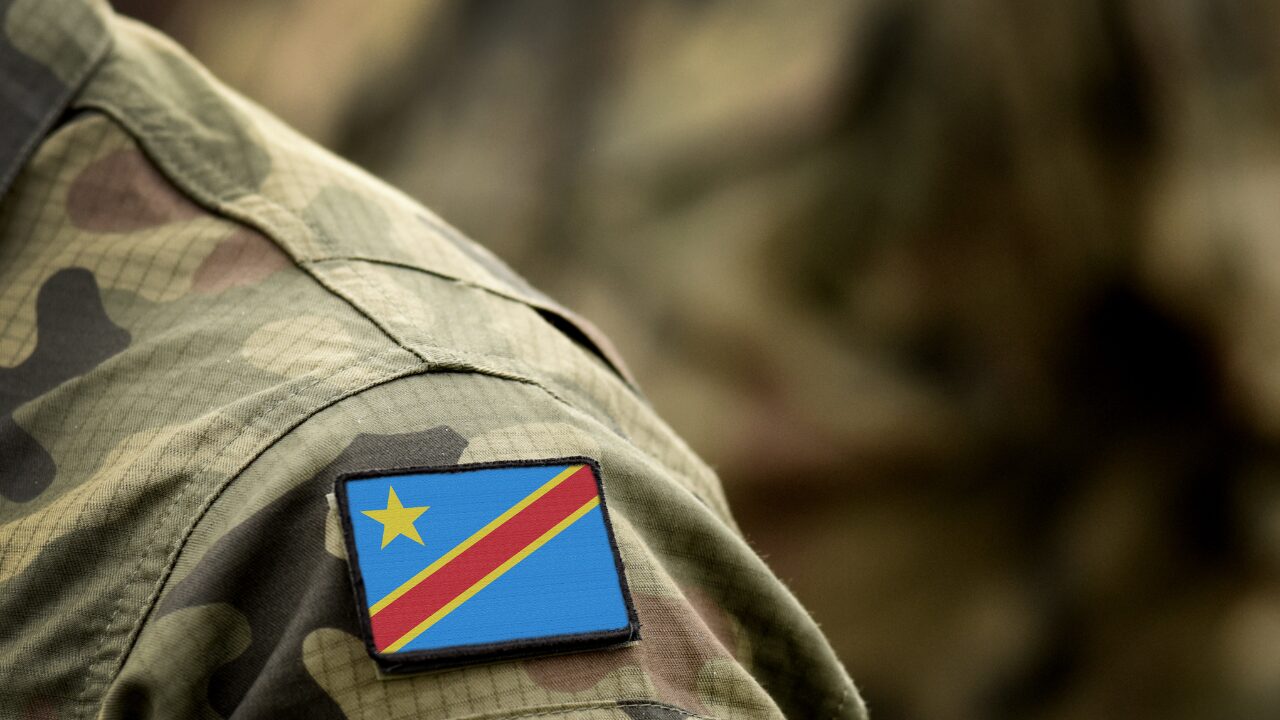Date first published: 04/02/2025
Key sectors: all
Key risks: insurgency; war-on-land; regional tensions
Risk development
On 27 January Rwandan-backed March 23 Movement (M23) rebels seized Goma, the capital of North Kivu province, marking the most serious escalation in the ongoing war since it resumed in 2022. At least 778 people have been killed and 2,880 others injured in the clashes. Between 4 and 24 January, they captured key districts including Masisi and Sake, less than 50km from Goma, facing limited resistance from inadequate counter-offensive efforts. The capitulation of international peacekeeping forces and European mercenaries illustrates M23’s combat expertise, as the group is armed with surface-to-air missiles and backed by an estimated 4,000 Rwanda Defence Forces (RDF) troops. M23 halted its initial advance towards Bukavu, the capital of South Kivu province, stating it does not plan to seize the city and called for a ceasefire commencing 4 February for the delivery of humanitarian assistance across the wider region.
Why it matters
The speed and precision of M23’s capture of Goma highlights the difficulty of ending the conflict on the battlefield. However, with no inclination from President Tshisekedi to relaunch negotiations, nor Western powers from cutting funding to Kigali, a military solution remains the most likely outcome. Regional tensions will continue to flare in the Great Lakes. Burundi’s backing of the Armed Forces of the Democratic Republic of Congo (FARDC) irks Kigali while Uganda’s alleged support of M23 widens Kampala’s rift with Kinshasa. These alliances will play bigger roles as M23’s opposition of the Congolese leadership evolves into seeking greater control over local governance. The entrenched M23 presence in eastern DRC will expand its control of mining sites, supply routes and the passage of minerals into Rwanda – all supporting its goal of achieving parallel governance. These dynamics empower Kagame’s position and make it less likely for him to relent.
Background
Unresolved ethnic tensions stemming from colonial-era land division have led to protracted conflict, amplified by post-genocide dynamics. The failure to properly integrate M23 into the Congolese army violated the 2013 peace agreement and exacerbated sentiments of state-led exclusion of the ethnic Tutsi people, creating a natural alliance with Kigali’s Tutsi-led government. This contributed to the resumption of attacks in 2022, while the rebel group also claimed it was defending Tutsis from the Hutu extremist group Democratic Forces for the Liberation of Rwanda (FDLR), which led the 1994 Rwanda genocide. Congolese reluctance to negotiate with M23 since April 2022 has remained a key obstacle to achieving a ceasefire. The breakdown of the most recent round of Angolan-mediated negotiations on 15 December initiated M23’s rapidly expanding offensives towards Goma.
Risk outlook
M23’s rapid advances will expand its efforts to seize key areas surrounding mining sites and supply routes, as it seeks to build on the existing parallel governance it has established in the region. Improving relations with local citizens is a key element of its strategy, aided by the announcement of a ceasefire. However, with Tshisekedi backed into a corner and likely to demand a military-led response, fighting is expected to continue. Rwanda’s strategic support to bolster M23 numbers in the capture of Goma and providing artillery and supplies in December 2024 illustrates its commitment to the war, which it also views as a proxy battle with Burundi, whose majority Hutu government it may seek to destabilise. Additionally, Uganda’s backing of M23 will worsen relations with the DRC and affect cooperation on neutralising the Allied Democratic Forces (ADF), whose presence may grow within the evolving security landscape. The threat of a regional conflict is compounded by Kinshasa and Kigali discrediting Kenyan mediation and the current failure of international intervention.

